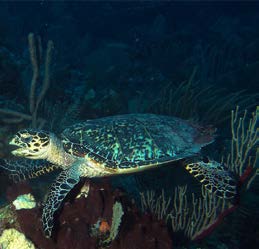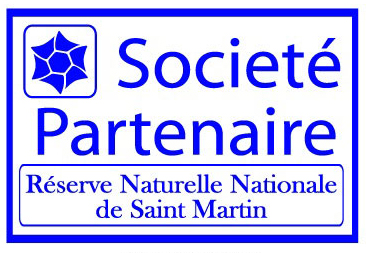Updating the Atlas of sea turtle egg-laying sites
Fifteen years ago, in 2005, the Réserve Naturelle created an Atlas of sites in Saint Martin where sea turtles lay their eggs. Regularly updated, this document required a major overhaul post hurricane Irma. The job was entrusted to Manon Gomez y Gimenez, a master’s degree candidate in ecology at the University of Montpellier, and an intern at the Réserve from March through August 2020. She will evaluate the overall state of each beach where turtles traditionally lay their eggs: the surface of the sand; a description of the natural vegetation; and also various factors of deterioration, from construction to visual sources of disturbance and too much noise. She will pay special attention to light pollution, for which regulations have evolved as recently as January 2020 in an attempt to protect the flora and fauna from intrusive lighting that disturbs natural habitats. These measures apply to all construction, public and private, except where nocturnal lighting is necessary, such as ports and marinas. The negative and positive points of each site will be included in the Atlas, with individual notations: tamping of the sand, local or imported vegetation, narrowness or wideness of the beach. Finally, it will be possible to evaluate with exactitude the conditions awaiting the turtles on the beaches, and their evolution over time. The idea is to define the priorities that must be established for the protection of sea turtles.

















